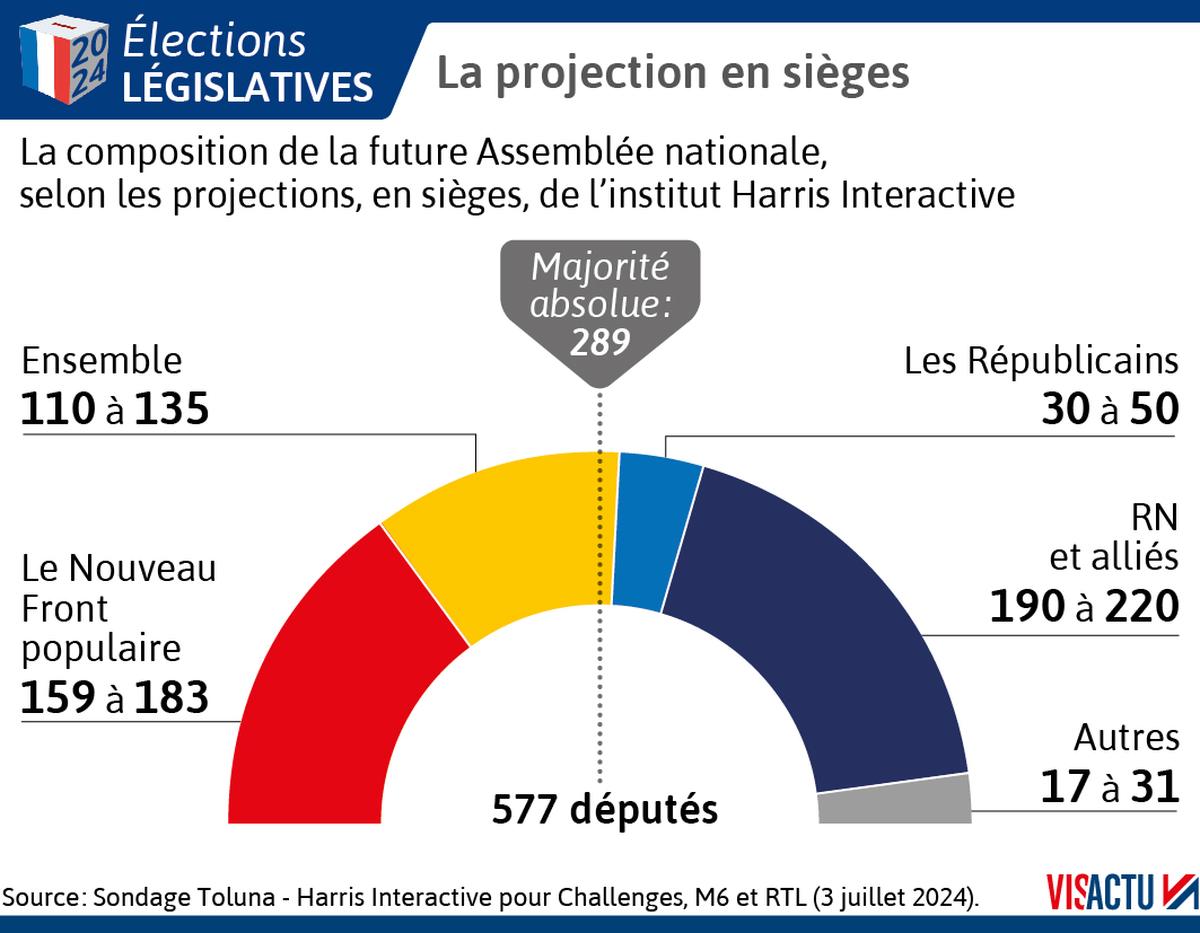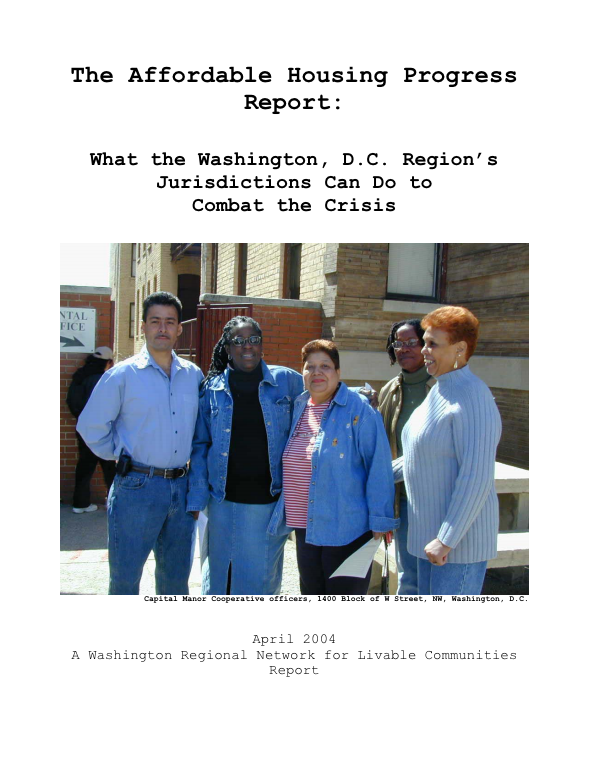Justice Department's Decision To End School Desegregation: A Turning Point?

Table of Contents
Historical Context of School Desegregation
Understanding the current debate requires examining the long and complex history of school desegregation in the United States. The struggle for racial equality in education has been a protracted battle, marked by landmark legal victories and persistent resistance.
Brown v. Board of Education (1954) declared state laws establishing separate public schools for black and white students unconstitutional, overturning the "separate but equal" doctrine established in Plessy v. Ferguson. This landmark ruling, while a monumental step forward, did not automatically lead to integrated schools.
The Civil Rights Act of 1964 further strengthened the legal framework for desegregation, prohibiting discrimination based on race, color, religion, sex, or national origin in programs receiving federal funding. However, implementation proved slow and fraught with challenges.
- Resistance to desegregation: Many communities resisted integration through various means, including the closure of schools, the creation of private academies, and legal challenges.
- Slow pace of implementation: Even in areas where desegregation orders were issued, the process was often gradual and uneven, leaving many schools significantly segregated.
- Examples of successful and unsuccessful desegregation initiatives: Some districts successfully integrated their schools through proactive measures like busing and magnet programs, while others struggled to overcome entrenched segregation. The success or failure often depended on factors such as community support, political will, and available resources.
The Justice Department's New Policy on School Desegregation
The Justice Department's new approach represents a significant departure from previous policies that actively enforced desegregation orders. The specific changes are still unfolding, but the core shift involves a reduced emphasis on actively pursuing desegregation cases and a greater focus on addressing discriminatory practices on a case-by-case basis.
- Specific changes in enforcement procedures: The department has indicated a move away from proactively investigating and litigating school desegregation cases, potentially leading to fewer interventions in districts with historical patterns of segregation.
- Reasons cited by the Justice Department for the change: The stated rationale often centers on arguments about local control and the belief that desegregation efforts should be primarily driven by local school districts. However, critics argue that this approach ignores the systemic nature of racial segregation in many areas.
- Analysis of the legal basis for the new policy: The legal foundation for this policy shift remains a subject of debate, with concerns raised about its compatibility with existing laws and court precedents.
- Potential impact on existing desegregation orders: The new policy’s implications for existing court-ordered desegregation plans are unclear, but there are concerns that it could weaken enforcement and lead to a rollback of previous gains.
Impact on Affected Communities
The potential consequences of this policy shift are far-reaching and deeply concerning for many communities. The most immediate impact will likely be felt in those districts currently under desegregation orders or with a history of significant racial imbalance.
- Increased racial segregation in schools: The weakening of enforcement mechanisms could lead to a resurgence of racially segregated schools, exacerbating existing inequalities.
- Disparities in educational opportunities: Racial segregation is often strongly correlated with disparities in school resources, teacher quality, and student achievement. A return to segregated schools could widen these gaps.
- Potential for increased school segregation in specific regions: The impact is expected to be particularly severe in regions with a history of entrenched racial segregation and limited resources.
- Socioeconomic implications of re-segregation: School segregation has significant socioeconomic consequences, impacting not only educational outcomes but also future economic prospects and social mobility.
Arguments For and Against the Policy Change
The Justice Department's decision has generated strong opinions on both sides. Supporters argue that the new policy promotes local control and allows school districts to tailor their approaches to desegregation based on their specific circumstances.
- Arguments for the policy change: Proponents emphasize local autonomy and the belief that school districts are best positioned to address the unique challenges within their communities. Efficiency and cost-effectiveness are also often cited.
- Arguments against the policy change: Critics contend that the policy shift ignores the persistent and systemic nature of racial segregation in many schools and undermines decades of progress toward racial equality. They argue that it will exacerbate existing inequalities and perpetuate racial injustice.
- Expert opinions and perspectives from various stakeholders: Educators, civil rights advocates, and legal scholars have offered diverse perspectives, often reflecting deep divisions on the issue's merits and implications.
Looking Ahead: The Future of School Desegregation
The long-term implications of this policy shift remain to be seen. However, several key factors will shape the future of school desegregation in the US.
- Potential for further legal challenges to the policy: Civil rights organizations and other stakeholders are likely to mount legal challenges, arguing that the new policy violates existing laws and constitutional rights.
- The role of civil rights organizations in advocating for school desegregation: Civil rights groups will play a crucial role in monitoring the impact of the new policy and advocating for policies that promote racial integration and equal educational opportunities.
- The future of school diversity initiatives: The policy shift could impact the future of school diversity initiatives, potentially hindering efforts to promote integration and create more inclusive learning environments.
Conclusion
The Justice Department's decision regarding school desegregation represents a potentially significant turning point in the long and complex struggle for equal educational opportunities. While proponents argue for increased local control and efficiency, critics express concern over the potential resurgence of racial segregation and its devastating consequences for minority students. The ultimate impact of this policy shift will depend on the responses of various stakeholders, including legislatures, courts, and civil rights groups. Understanding the historical context and potential implications of this decision is crucial for anyone concerned with ensuring equal access to quality education for all. The future of school desegregation remains uncertain, requiring continued vigilance and advocacy to prevent a return to the deeply inequitable educational systems of the past. We must remain actively involved in the fight for equitable school desegregation and continue to advocate for policies that promote racial integration and equal educational opportunities for all students.

Featured Posts
-
 Graeme Souness Picks His Best Premier League Player Ever
May 03, 2025
Graeme Souness Picks His Best Premier League Player Ever
May 03, 2025 -
 Five Potential Pitfalls For Reform Uk Analyzing Nigel Farages Party
May 03, 2025
Five Potential Pitfalls For Reform Uk Analyzing Nigel Farages Party
May 03, 2025 -
 Christina Aguileras New Video A Closer Look At Her Remarkable Transformation
May 03, 2025
Christina Aguileras New Video A Closer Look At Her Remarkable Transformation
May 03, 2025 -
 Reforme Des Partis Politiques En Algerie Analyse Des Positions Du Pt Ffs Rcd Et Jil Jadid
May 03, 2025
Reforme Des Partis Politiques En Algerie Analyse Des Positions Du Pt Ffs Rcd Et Jil Jadid
May 03, 2025 -
 Market Volatility And The Bank Of Canadas April Interest Rate Meeting
May 03, 2025
Market Volatility And The Bank Of Canadas April Interest Rate Meeting
May 03, 2025
Latest Posts
-
 New Affordable Homes For Strathdearn Tomatin Schoolchildren Participate In Groundbreaking Ceremony
May 04, 2025
New Affordable Homes For Strathdearn Tomatin Schoolchildren Participate In Groundbreaking Ceremony
May 04, 2025 -
 Affordable Housing Progress In Tomatin Strathdearn Project Begins
May 04, 2025
Affordable Housing Progress In Tomatin Strathdearn Project Begins
May 04, 2025 -
 Tomatin Pupils Celebrate Groundbreaking Of New Affordable Housing In Strathdearn
May 04, 2025
Tomatin Pupils Celebrate Groundbreaking Of New Affordable Housing In Strathdearn
May 04, 2025 -
 Netherlands Considers Bringing Back Ow Subsidies To Stimulate Competition
May 04, 2025
Netherlands Considers Bringing Back Ow Subsidies To Stimulate Competition
May 04, 2025 -
 Strathdearn Community Project Reaches Milestone Tomatin Affordable Housing
May 04, 2025
Strathdearn Community Project Reaches Milestone Tomatin Affordable Housing
May 04, 2025
